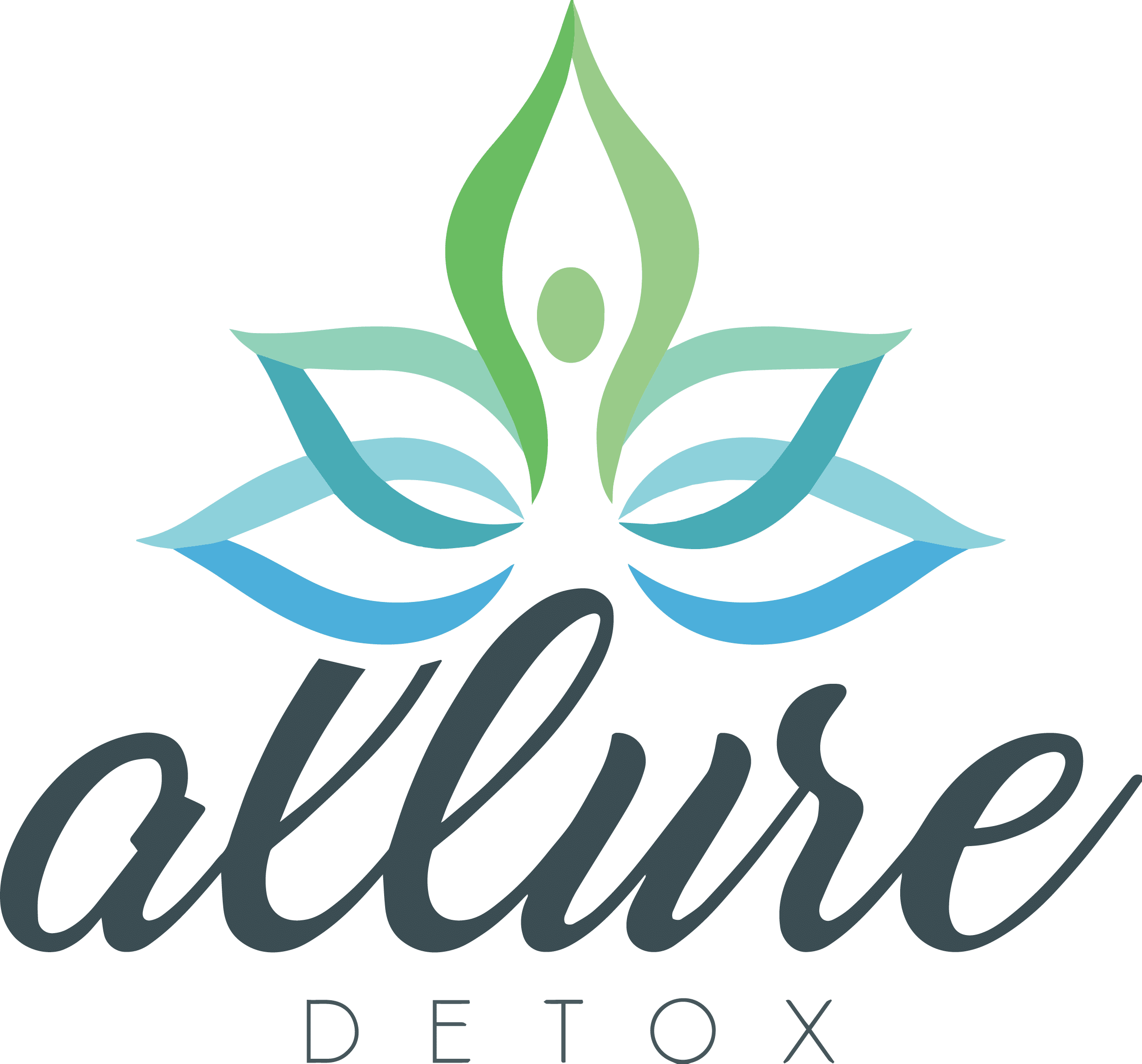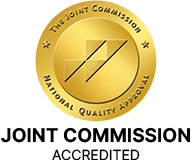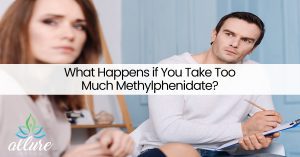
Tag: Methamphetamine
Methamphetamine is a potent central nervous system (CNS) stimulant that is mainly used as a recreational drug and less commonly as a second-line treatment for attention deficit hyperactivity disorder and obesity.

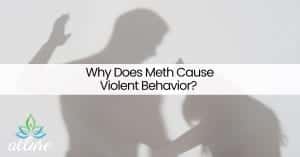
Why Does Meth Cause Violent Behavior?
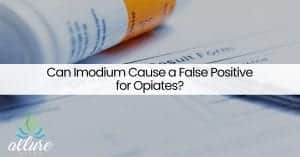
Can Imodium Cause a False Positive for Opiates?

Vyvanse Withdrawal Symptoms
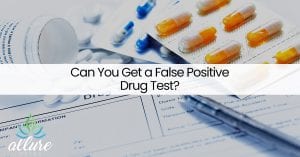
Can You Get a False Positive Drug Test?
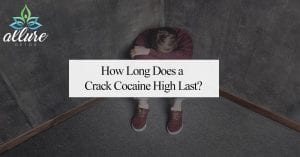
How Long Does a Crack Cocaine High Last?
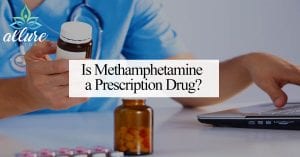
Is Methamphetamine a Prescription Drug?
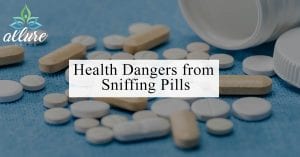
Health Dangers from Snorting & Sniffing Pills

What Do Track Marks Look Like?
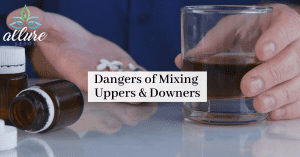
Dangers of Mixing Uppers & Downers

